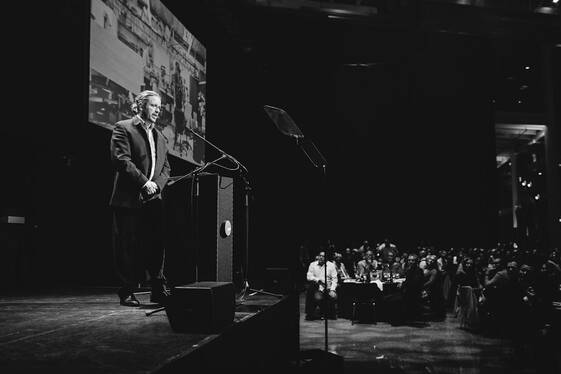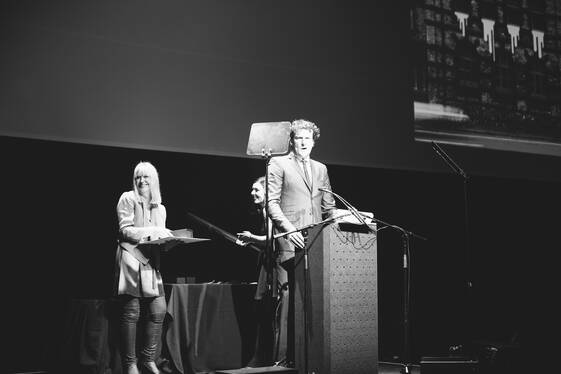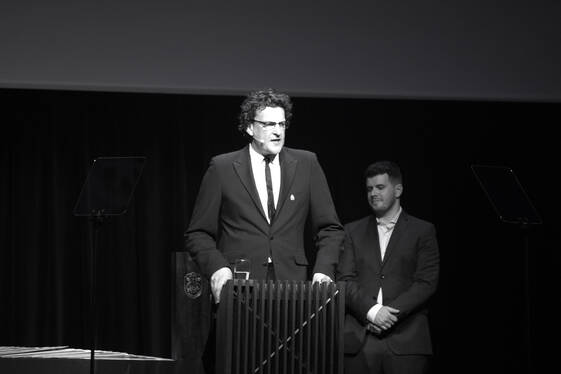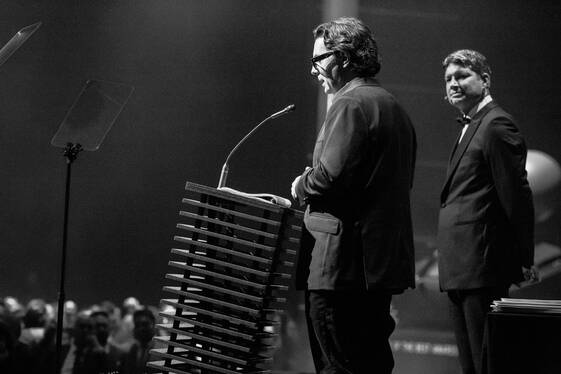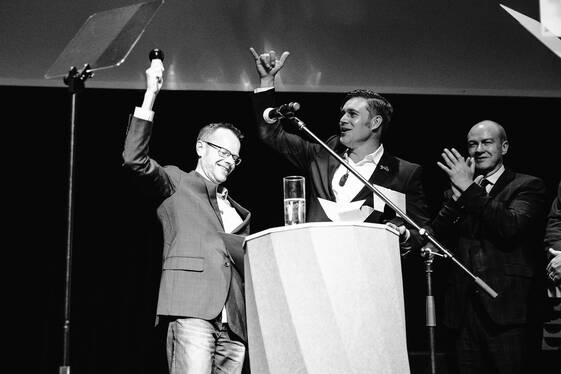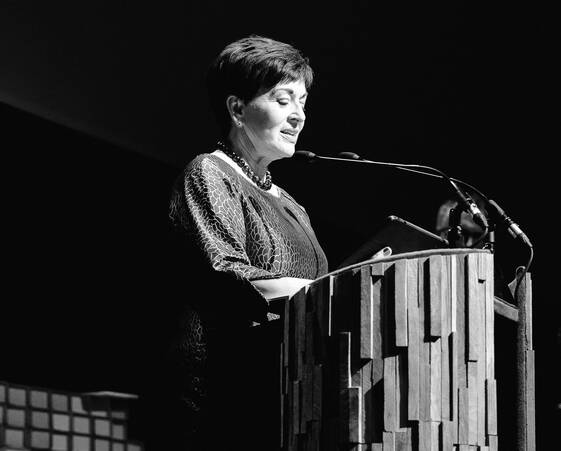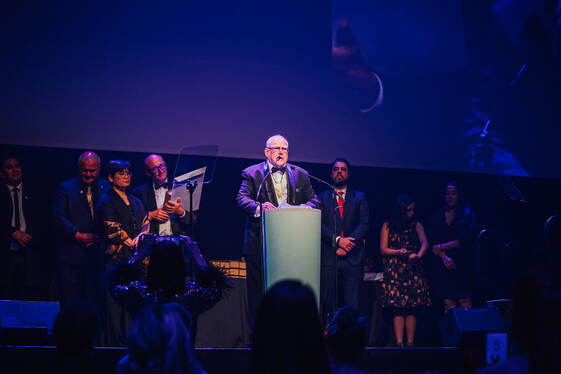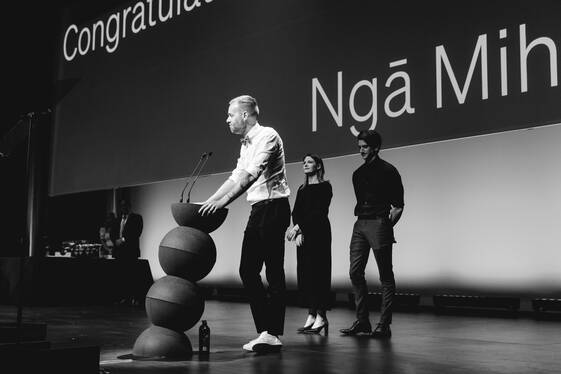THE HISTORY
Back in the day Jeremy Robertshaw and Dan Szczepanski signed up to sponsor the Best Design Awards and they had planned all these activations to support the awards night… but they hadn't told anybody and with two weeks to go they unveiled this on us!
Since then, our yearly brief to designers was born from that, it became a legacy sprint to the finish line.
THE RULES
Think of it as the 48Hour Filmmaking competition but with less gaffer tape.
- The designer – usually whoever is newest in the team – has exactly eight hours to go from concept and ready for detail design
- It has to be manufactured in less than two weeks
- The lectern has to be made out of at least 92.5% by volume in Autex materials – mainly to prevent people from simply cladding but to create the actual structure
- The main material or how it is crafted has to be an Autex innovation brought out after the previous Best Awards ceremony (Best to Best)
- The lectern is made to match the MC
- It has to talk to the theme somehow
- It has to be a little bit humorous
THE THEFTS
Marcel: It would be very nice to find out what’s happened to all those lecterns over the years!
Jono: They traditionally get stolen, which has, by now, become part of the legend and legacy. So much so that now it is disappointing if the lectern turns up back here after the Awards night!
Marcel: My guess is they are in someone’s man cave!
Jono: One actually popped up in a photo on LinkedIn at someone’s flooring conference two years after the Best… I looked at it and they were standing behind our lectern!
